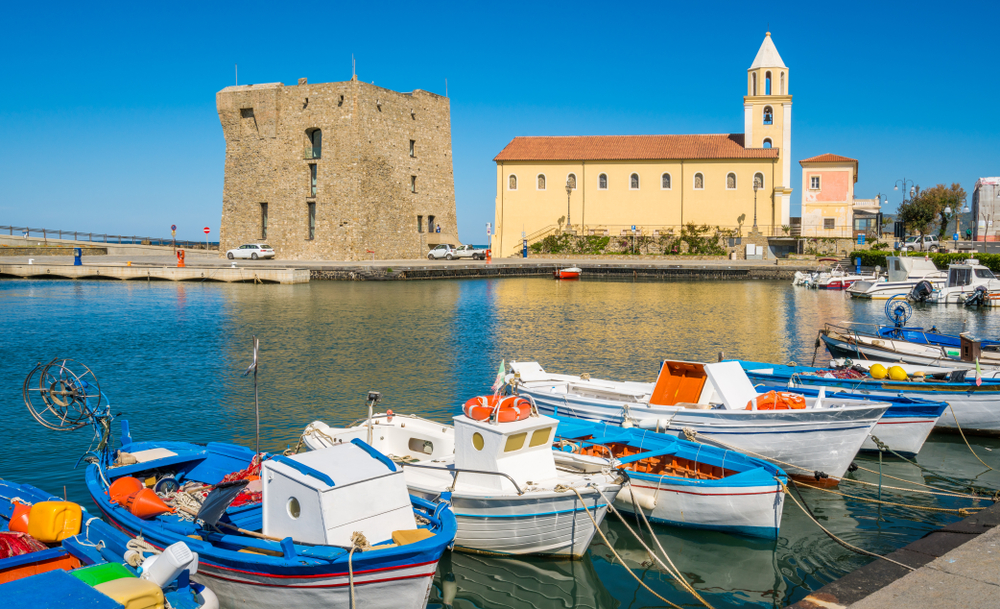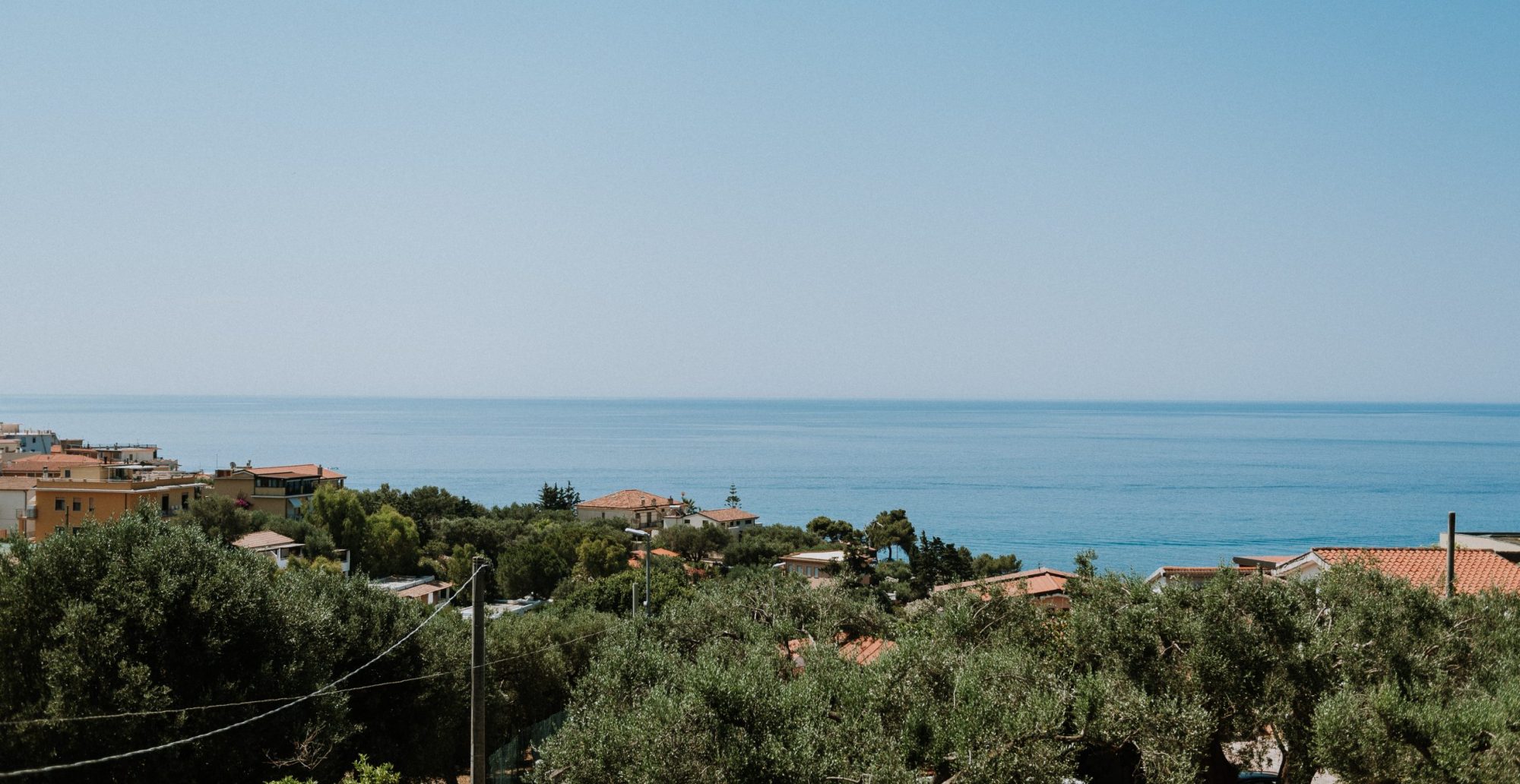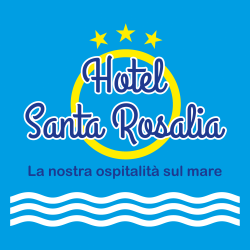Consult our guide to find out what to visit in this magical land while staying in Marina di Camerota.

Marina di Camerota: set between rocky promontories overlooking the sea, at the foot of hills scattered with ancient defensive towers and extensive centuries-old olive groves, it is the most populous fraction of the Municipality of Camerota; is one of the most popular destinations in Cilento, preferred by seaside tourism for the beauty of the beaches (certified with the five sails of Legambiente and Touring), for the crystalline sea and for the coast full of natural caves carved into the rock.
Acciaroli, Pollica e Pioppi: in Acciaroli, a village remembered for Hemingway’s stays, stands the church of the Annunziata from 1187 and the remains of an ancient Angevin defense tower with a square base. In the village of Pollica there are the medieval castle of 1290, the chapel of S. Pietro from 1524 and the convent of Maria SS. delle Grazie dated 1611. In the hamlet of Pioppi we find the Sea Museum and an important sailing center dedicated to the disabled.
Velia/Elea: it is an important archaeological site founded around 540 BC. by focei colonists (at the time of the Greeks it was called Elea, while the Romans renamed it Velia); today of the ancient city we can observe the excavations begun by Amedeo Maiuri in 1921 and then continued in the fifties and sixties, and the remains of the city gates (Porta Rosa and Porta Marina), a thermal building, the acropolis, the agora and of the sanctuary of Poseidon Asphaleios.
Grotte di Pertosa-Auletta: it is the only speleological site in Europe where it is possible to navigate on an underground river; the visit includes a journey of over a kilometer, with 400 meters to cover by boat, to reach the internal waterfall and visit the Sala del Paradiso, and then continue on the northern branch discovering the majesty of the Great Hall, the particularities of the Sala delle Spongne and the charm of the Wonder Arm.
Certosa di S. Lorenzo di Padula: the predominantly Baroque style complex, declared a World Heritage Site by Unesco in 1998, has about 350 rooms and occupies an area of 51,500 square meters of which 15,000 are occupied only by the cloister, one of the largest in the world, which, built in starting from 1583, it develops on two levels: at the bottom, the portico with the cells of the fathers and at the top, the windowed gallery used for the weekly walk.
Grotte di Castelcivita: also known as Caves of Spartaco, they extend for several kilometers in the massif of the Alburni Mountains, in the municipalities of Castelcivita and Controne, but only 1700 meters are accessible; it is a complex of karst cavities particularly rich in stalactites and stalagmites of a thousand shapes; with a total of about 4800 meters in length, they represent one of the largest speleological complexes in southern Italy.
Teggiano: the main attraction is represented by the high medieval walls that allowed the city to defend itself from the attacks of the King of Naples; among the many religious buildings we remember the convent of S. Francesco of the fourteenth century. and the Diocesan Museum of S. Pietro from the 12th century. To visit the Museum of Herbs divided into different sections (natural medicine, mycology, natural herbarium, ethnobotany) and the Museum of uses and traditions of the Vallo di Diano.
Monte Cervati: the geological nature of the massif (the highest in Campania with its 1899 meters and located in the municipal area of Sanza) shows the characteristic morphology of a karst environment, with sinkholes, fresh springs and temporary streams; the mountain shows its sheer walls, carved by deep gullies and numerous towers and spiers. On the top there is a chapel and a cave dedicated to the Madonna della Neve.
Capo Palinuro: crystal clear sea with wide and sandy beaches alternating with rocky stretches accessible only by sea; the Buon Dormire beach, the Arco Naturale beach and the Mingardo beach are worth a visit, where it is possible to rent pedal boats to discover otherwise inaccessible natural jewels; there is no shortage of restaurants where you can taste the typical Cilento cuisine and excellent fresh fish dishes.
Porto Infreschi: marine jewel of the Cilento and Vallo di Diano National Park which still miraculously remained immune to human settlements; a corner of paradise at the center of which opens a natural landing, the destination of many yachtsmen during the summer season, protected by rocky banks against which the foaming waves of the sea break; dolphins have often been sighted in these waters, attracted by the extraordinary abundance of fish.

